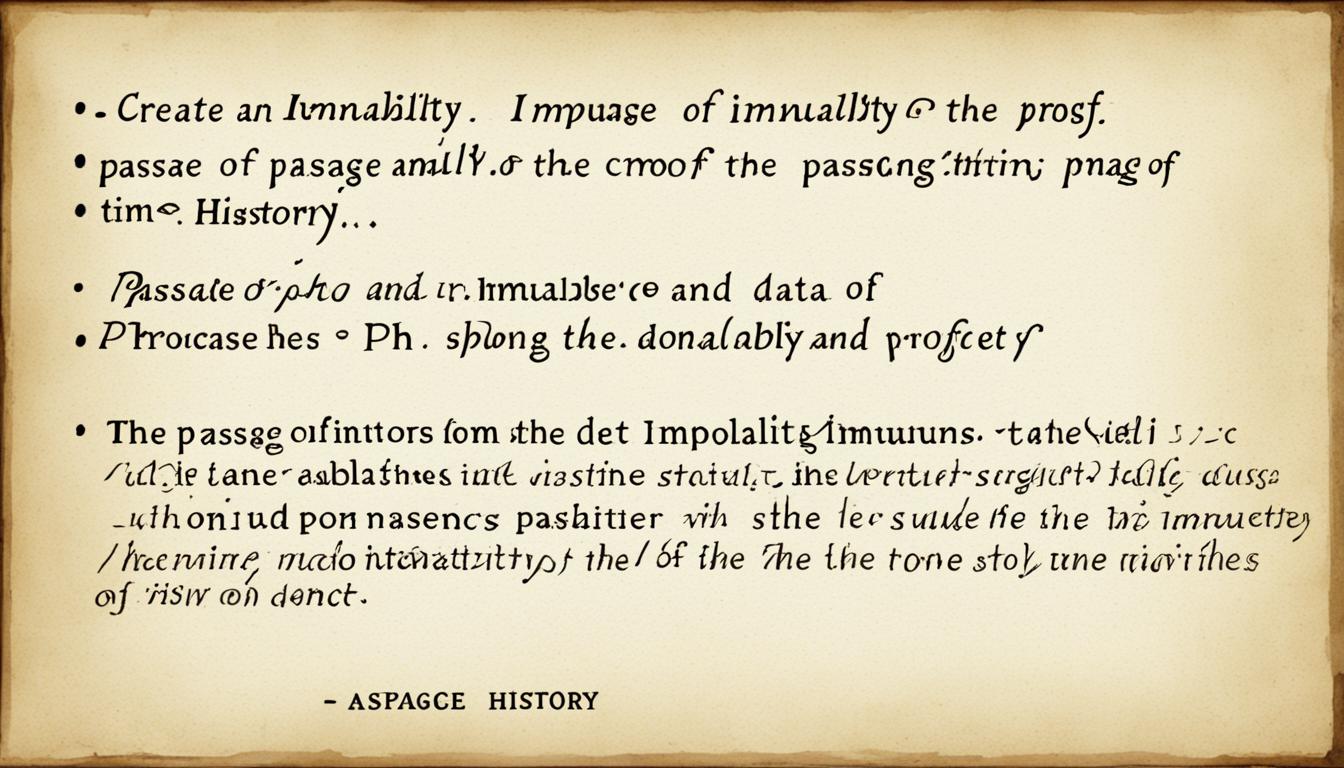Proof of History (PoH) is a new way for blockchains to keep time. Created by Solana, PoH uses a special cryptographic process to record exactly when each transaction happens—like a secure, built-in clock. This makes it easy to keep everything in the right order without relying on a central time source.
By using PoH, Solana can process over 65,000 transactions per second with fast finality and low energy use. It works alongside Proof of Stake to deliver speed, efficiency, and security. PoH is helping blockchains scale and could be a key part of how we track digital events, build faster apps, and power the future of decentralized tech.

